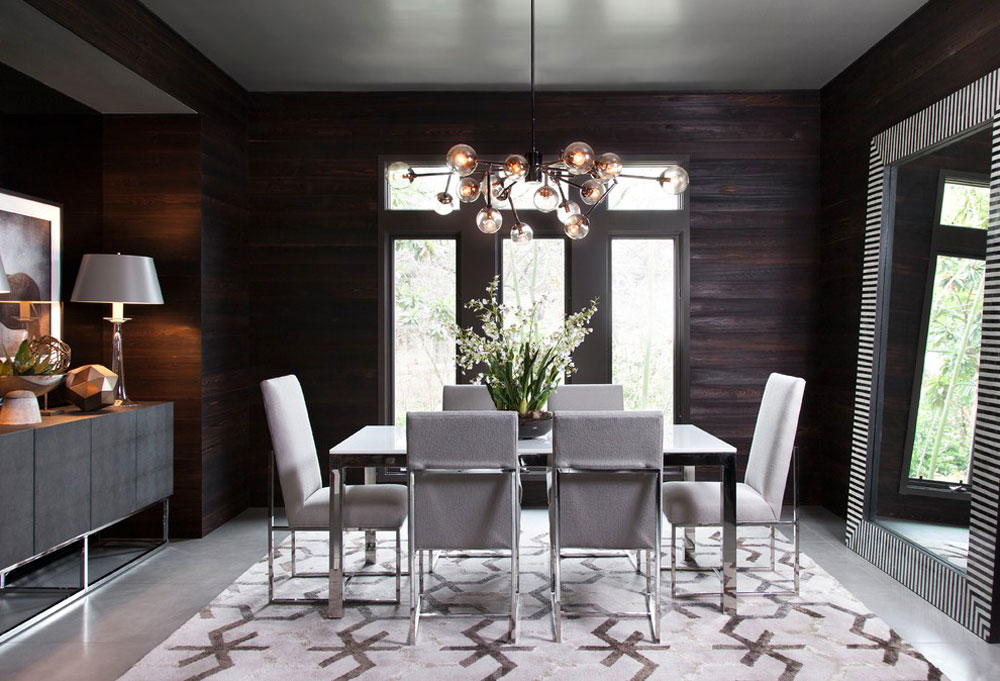Advertisement
It doesn’t take to be a professional designer in order to distinguish between “contemporary” and “modern” styles in construction, architecture, interior décor, and design.
But is there really a difference between them and, for instance, what does contemporary mean? Sure there is a difference!
The two of them are fairly similar and have a lot of overlapping attributes, but their development and methods are completely different.
Modern and Contemporary Design-Historical overview
From the historical point of view, the modern interior design was orientated towards practicality. In order for something to be described as modern, it ought to have a functional form.
Therefore, the modern house interior encompasses clear lines and open floors plans. In the early 19th century, people opposed traditional styles and decoration and started developing innovative and futuristic ideas.
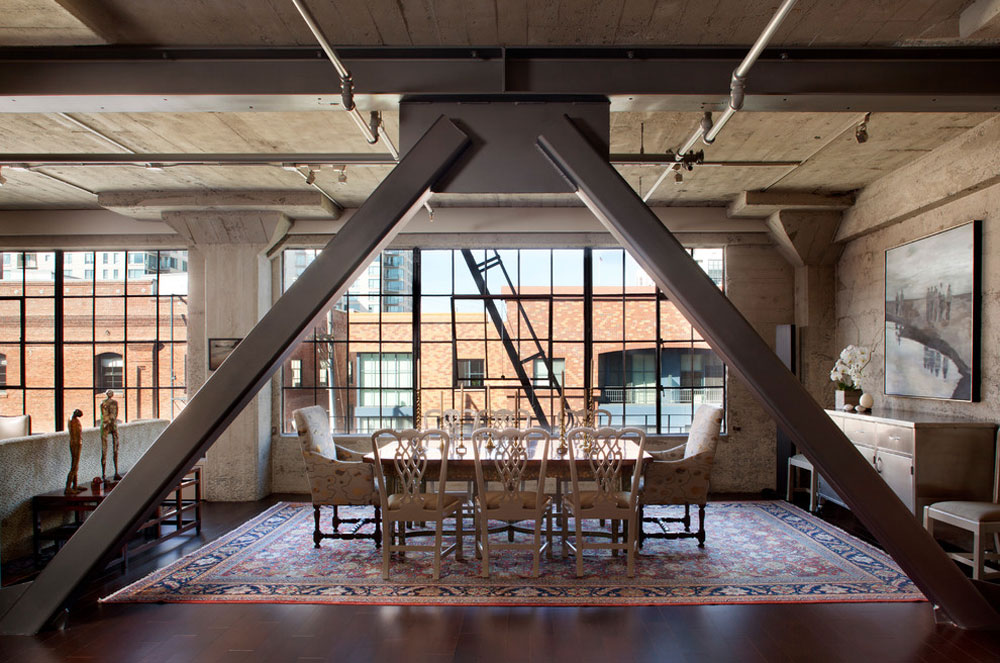 Image source: CCS Architecture
Image source: CCS Architecture
Modern style as we know it today was a slight transformation of the mid-century perception of updated decoration. Postmodernism, on the other hand, it is a completely different story.
The contemporary style arrived on the design scene in the late 70s. Initially, it wasn’t a style of its own, but a mix of various styles and ideas (Modernism, Postmodernism, De-constructivism, Art Deco, Futurism etc.)
Even today, contemporary define all current designs, without being obviously related to any historical style.
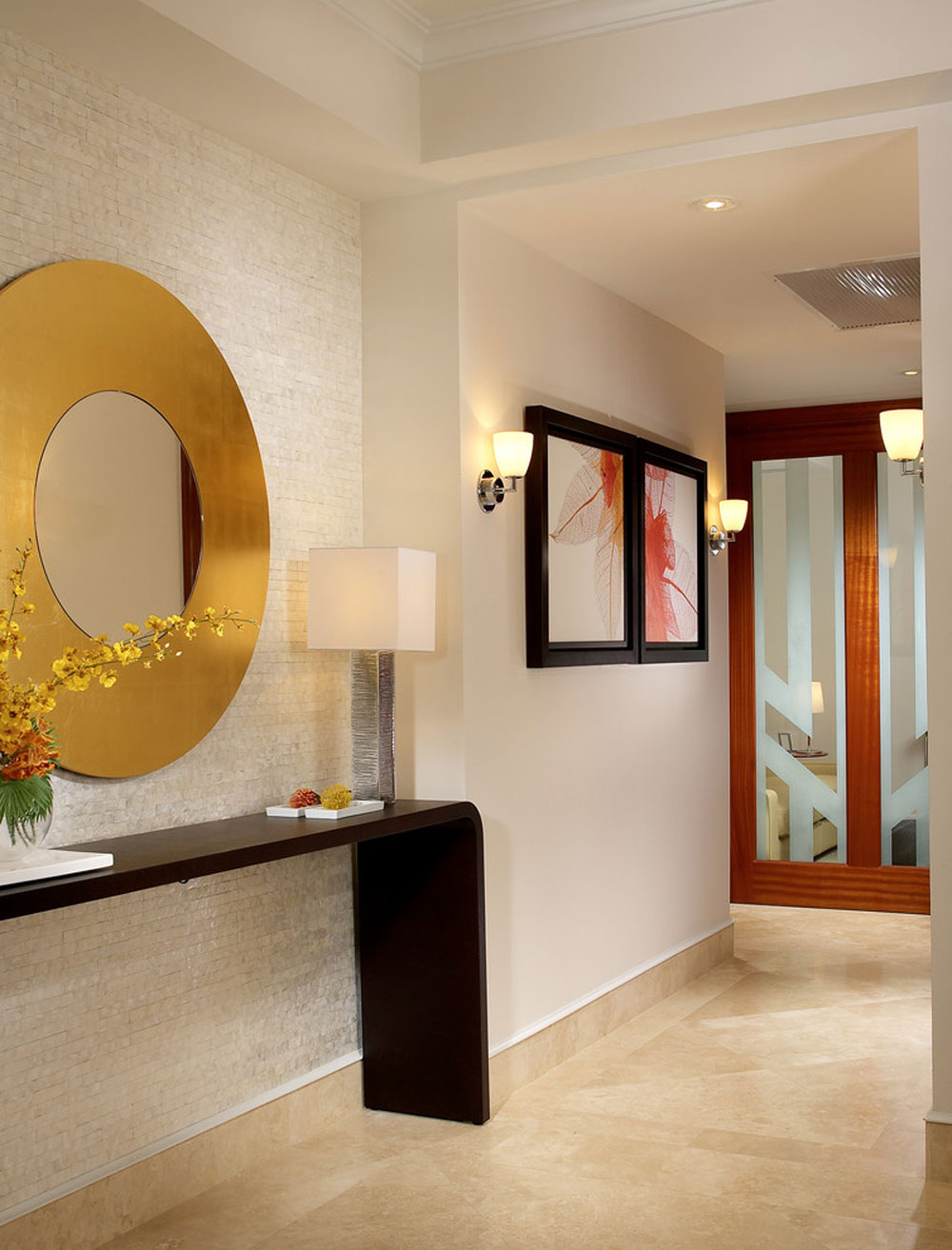 Image source: Design Group
Image source: Design Group
The reason for the interchangeability between these styles is the similarity between modern and mid-century (retro) modern. It means that modern contemporary style has ‘evergreen’ elements which may not be popular at the moment.
As such, modern is not equal to contemporary, and the modern vs contemporary dichotomy is wrong. Instead, consider modern as an integral part of the contemporary trends. We can only imagine what contemporary will look like 20 years from now! Therefore, what is contemporary depends always on the time projection.
An overview of Modern design
Modern design is mostly associated with minimalistic schemes and design styles. Modern perspectives are more open than closed to changes and communication with space and they support the ‘less is more’ theory.
The elements of modern interior design and decorating styles are relatively restricted and have clearly delineated space. Modern buildings and their interior design styles are often deliberately asymmetric in order to resemble tradition and historical architecture and design patterns.
 Image source: Steve Shorthouse
Image source: Steve Shorthouse
Modern homes inspire a feeling of elegance and class. It is because designers apply a pastel, neutral palette of colors for the walls and the ceiling (especially white) and prefer ‘stripped’ floors which rely on their natural beauty.
Modern designs are also hallmarked with brightness and openness, and excellent light dispersion. Therefore, large windows and open floor plans are not uncommon for houses included in this category. In fact, even the style of furniture is adjusted to this ‘open feeling’ (large tables, comfortable sofas, and armchairs with raised legs).
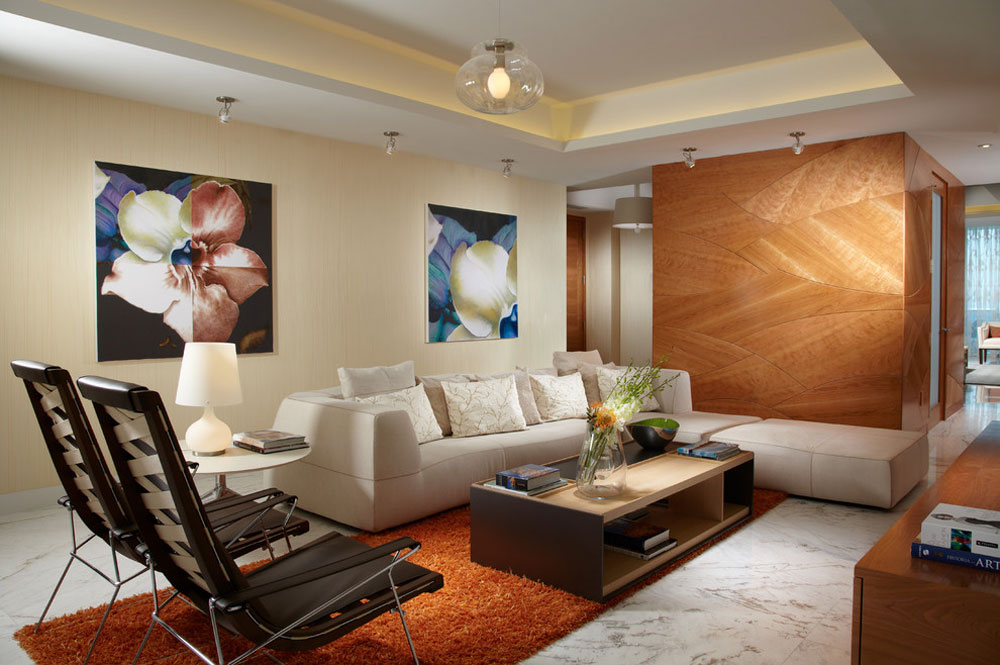 Image source: Design Group
Image source: Design Group
These are the basics of modern interior design used to create a modern style house:
- Appropriate colors—the primary choice is white and the alternative is black. The primary colors (yellow, red and blue) are used as part of the interior decor style in a very restricted manner.
- Appropriate furniture—modern homes look perfect with metal furniture (white or black lacquer-finish), such as with chrome/stainless steel. The traditional furniture styles of the modern home have many recognizable elements-bold-colored padding, glass table lids or stainless steel elements.
- White walls—the rule is one and only: nothing but plain white is permitted. You are only allowed to paint one of the walls differently if you want to break the monotony of the decorating style.
- Floors—modern design accepts only granite, concrete, or woodwork floors. Carpeting is tolerated as long as there is only one color or a pastel geometric pattern. However, we advise you to avoid using too many rugs, because they would give your place oriental style and overcharges the house decor style.
- Specific windowing—the best choice is to avoid window covers. If this is not possible, apply transparent curtains or functional blinds. Fancy patterns are completely dismissed from those types of interior design.
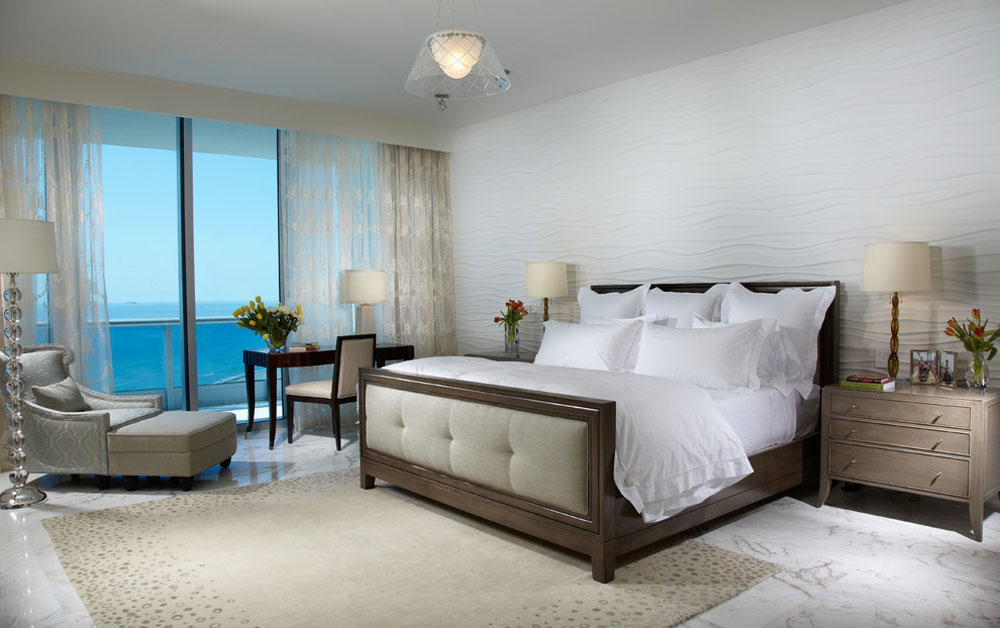 Image source: J Design Group
Image source: J Design Group
Modern interior design adores lengthy and flat furniture with slightly raised narrow legs to ensure openness. The favorite materials of home decorating styles are natural ones (leather, linen, cotton or wood) and the lining is solid and simplified. Other commonly met materials in modern design are transparent/white plastic, plywood, and metal.
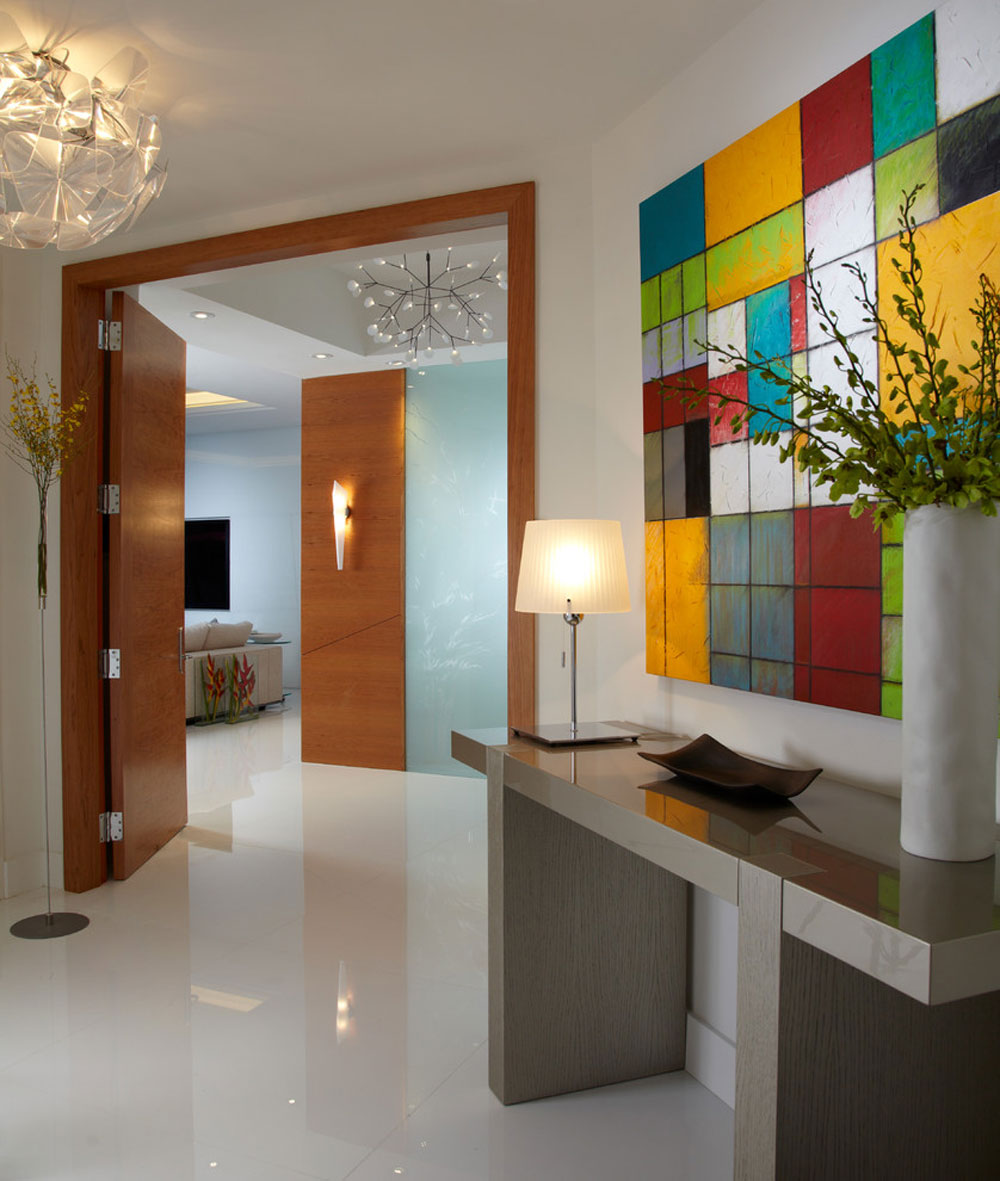 Image source: Design Group
Image source: Design Group
Let’s summarize some basic principles of what is modern in terms of interior design and decorations: In terms of interior decorating styles, in a proper modern home, you could find calming tones, such as white, creamy, brown or grey.
Walls in the modern homes interior are white and floors are neutrally-painted, usually made of wood, cement, cork or even rubber. Rugs and carpets are woolen and they comply with the neutral-color rule of the modern house interior design.
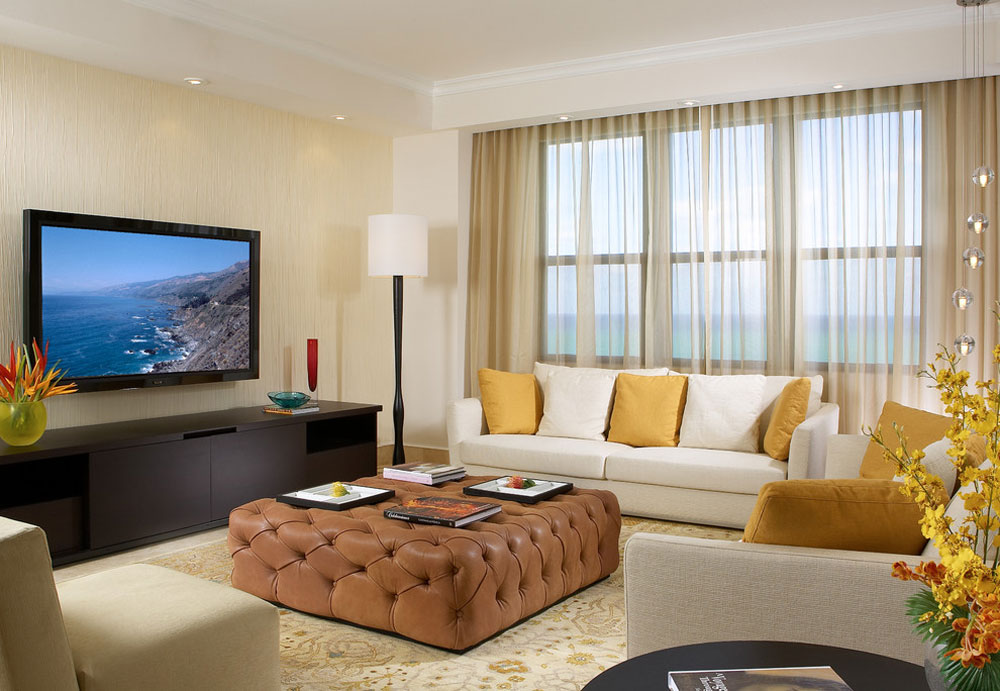 Image source: J Design Group
Image source: J Design Group
As we mentioned, in the modern classic houses, color is used in a very restrictive manner. You could discover it in small doses, either placed in an isolated corner or deliberately exposed in the form of a massive painting or a single modern sculpture.
Alongside with the principal white and black tones, the modern interior design usually employs a single primary color (red, yellow or blue). Sometimes, you could even discover orange decorations, as modest as books, wooden and ceramic accessories.
An overview on Contemporary design
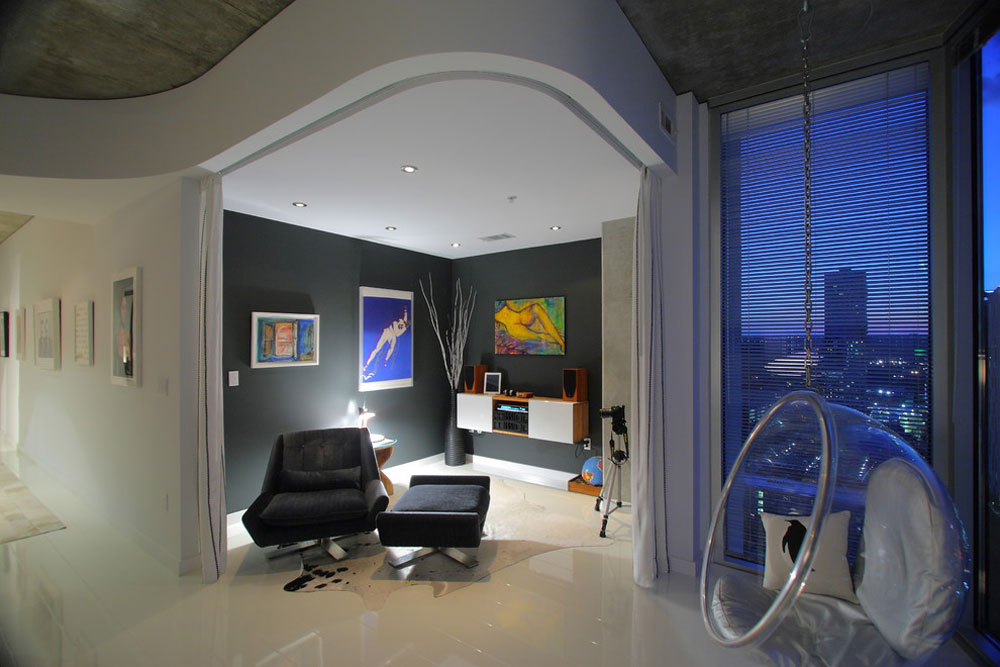 Image source: Dick Clark
Image source: Dick Clark
The contemporary home style design tries to imitate modern design, in the sense that it applies to open floor plans, excessive windowing, and high ceilings. However, the contemporary design pays more attention to natural materials, unlike for the modernist steel, plastic or concrete. It also applies softer and curved lining in the contemporary home.
The color spectrum of contemporary style house is also broader – its methods depart from the black and white trend and try consciously to implement bold patchwork in the home. The contemporary style home decor also makes use of a broader color palette, departing from the black and white tendencies of modern design.
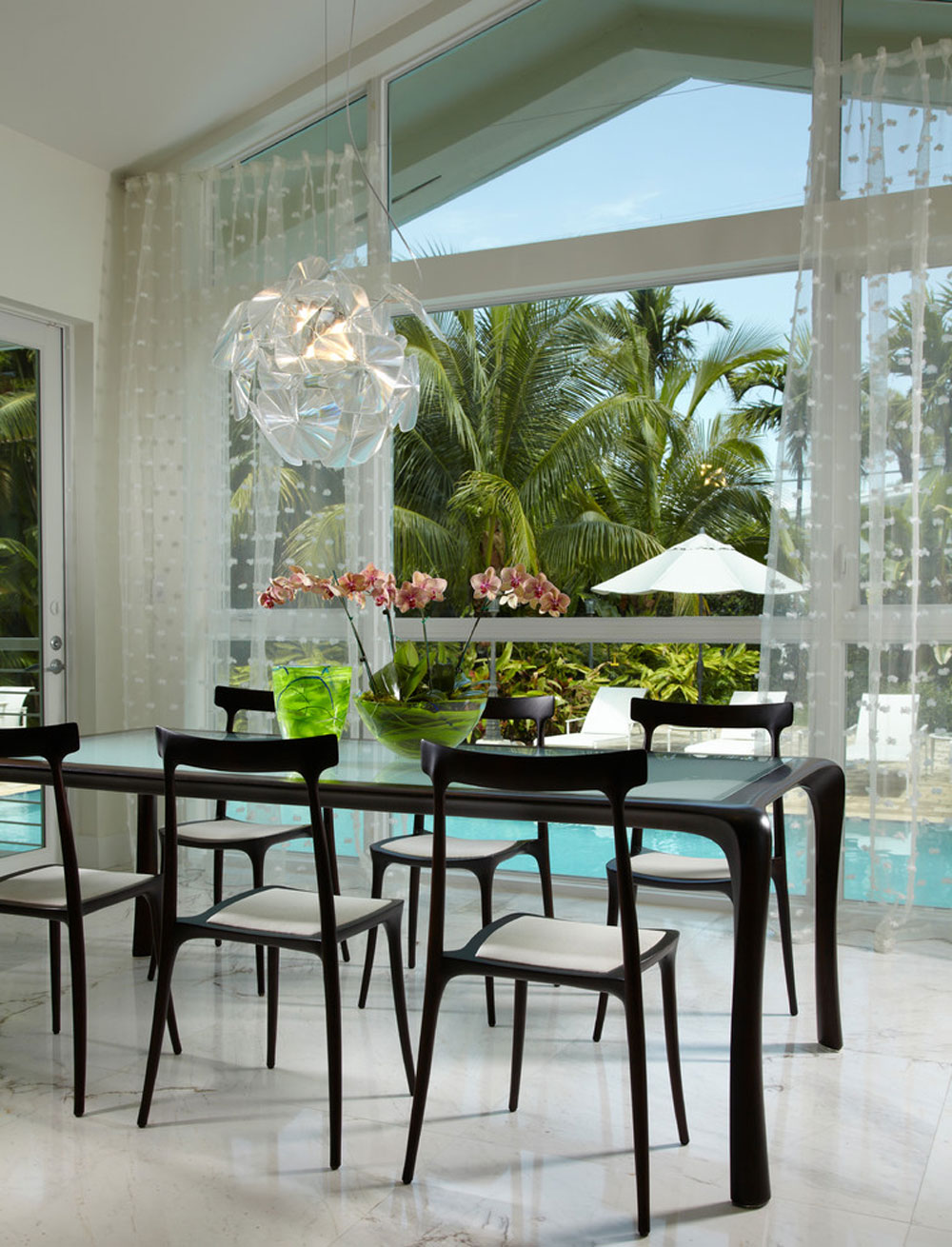 Image source: Design Group
Image source: Design Group
The contemporary home design has the casual habit of incorporating whimsicality to our space, by adding extraordinary furniture pieces. The rationale is to make your living space more individual and to implement a ‘personal stamp’ that will indicate attributes of the person responsible for that decoration.
These are the basics of contemporary design:
- Appropriate colors—contemporary style employs neutral tones, such as white, cream, beige, brown or gray. The accent can be put also on bold color schemes, as long as they comply with the already established balance.
- Appropriate furniture of the contemporary styles of homes —contemporary design cherishes polished surfaces, light colors and natural materials (wood, glass, nickel, chrome and stainless steel). When it comes to fabrics, the preferred ones are natural goods (cotton, linen, wool, and silk), which can be neutral, bold-colored or modestly patterned.
- Neutral walls—in this aspect, contemporary design complies with its modern ally. The walls are supposed to be neutrally-colored, but slightly bolder colors are also welcome. Subdominant striped wallpapers are also a good idea.
- Floors—in order for a house to be described as contemporary, its floors need to be wooden. Cement, laminate or stone flooring can be an excellent substitute. Full carpeting and occasional rugs are also welcomed, as long as they are neutrally-colored or patterned in a very simple way.
- Specific windowing—the same as modern designers, contemporary designers recommend large windows without covers (or a single-colored curtain to ensure your privacy).
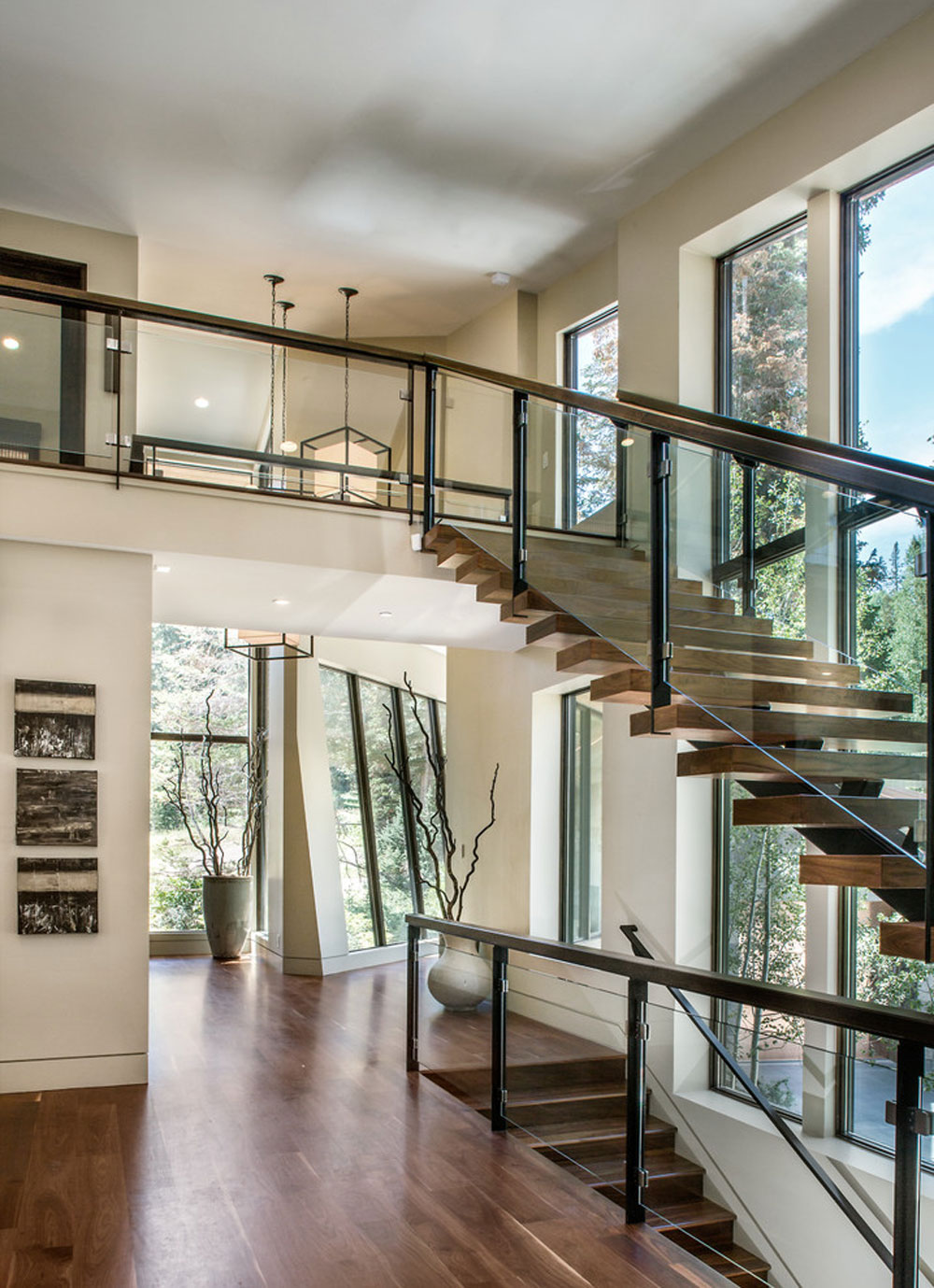 Image source: L M K interior design
Image source: L M K interior design
A general comparison between modern and contemporary interior design features points out that contemporary elements are more liberal and susceptible to recent trends.
A contemporary period environment is an ‘unfinished’ one-it follows the improvement of your style and your personality. The contemporary house interior style is always evolving, so that it could adapt to the parallel modifications in your tastes, attitudes, and habits.
With contemporary being such an ‘open-minded’ style, you can enjoy constant innovation with colors and shapes. The contemporary interior design will comply with all of your new ornaments and decorations. Modern style, on the other hand, will not allow you to do this.

